Follow us on Telegram for the latest updates: https://t.me/mothershipsg
You'd probably have heard some news about petrol prices going up, even if you don't own a Certificate of Entitlement (COE).
Pump prices are up, and drivers are feeling the pinch, with Grab drivers, taxi drivers among those most impacted.
But the rest of us — who commute via "Bus, MRT, Walk" — will experience some impact too, in the form of higher prices overall (and not just for petrol), less convenience, and greater uncertainty for the future.
Yes, it is because of the war in Ukraine, but there are other factors too.
We try to explain why all this is happening, and what we can do about it.
Petrol prices: How bad is it?
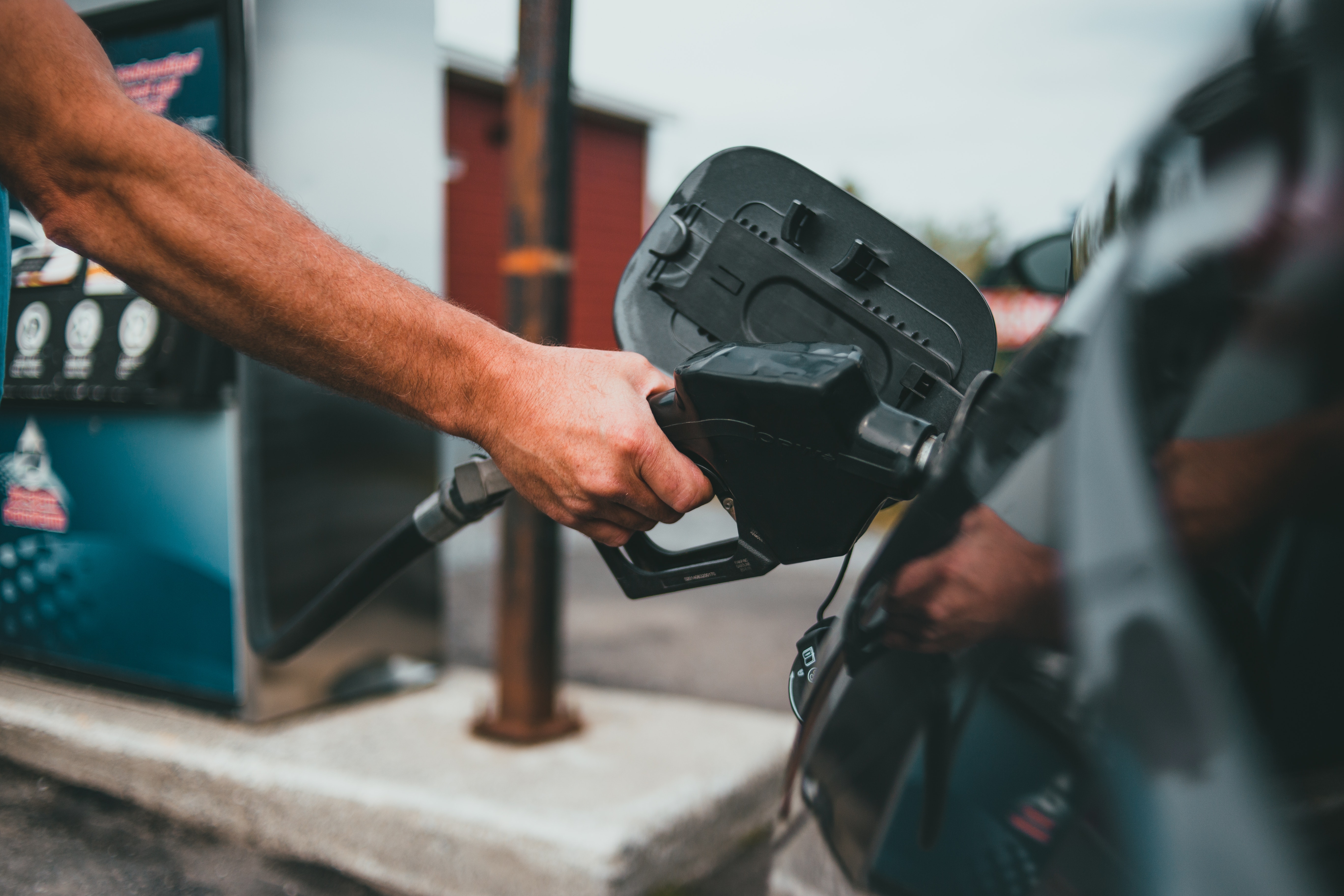 Image by Erik Mclean via Pexels
Image by Erik Mclean via Pexels
The "regular" 95-octane grade petrol price at Shell increased by S$0.21 to cross S$3 per litre on Mar. 7.
Caltex and Esso also raised prices for that grade of petrol, offering rates of S$2.98 and S$2.95 respectively.
The price jump over the weekend means that petrol usage for a family car (with a 40-litre fuel tank) would cost S$8.40 more than before.
To further put things in perspective, S$0.21 works out to a 7.4% increase, in Shell's case.
And, to make matters worse, petrol prices may not come down that quickly even if global oil prices fall.
Why is all this happening? Because everything is connected.
Russia's invasion of Ukraine is partly responsible for the increase in oil prices.
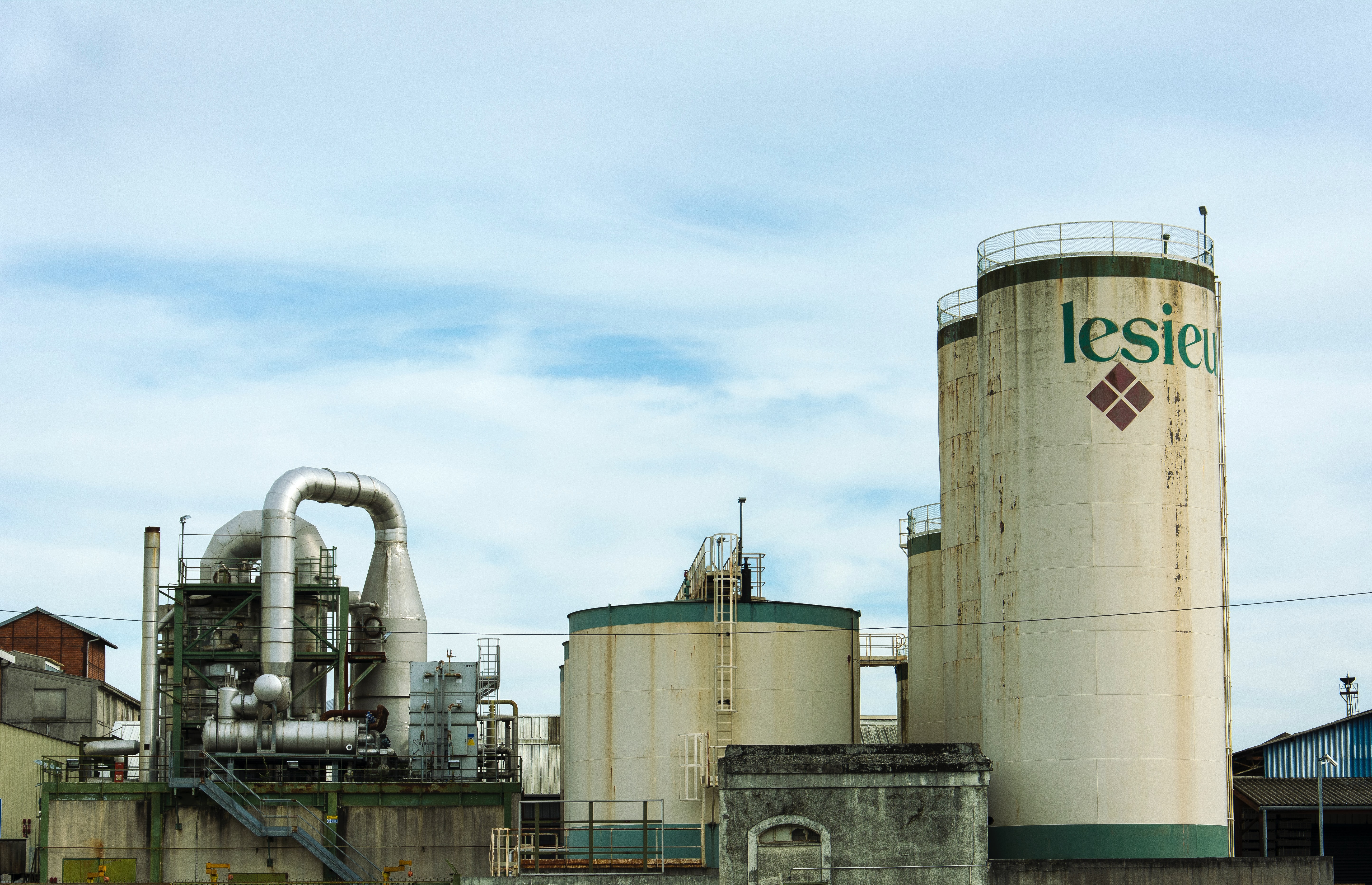 Image by Andre Robillard via Unsplash
Image by Andre Robillard via Unsplash
Russia is the third-largest oil producer in the world, which means that anything that impacts Russia's oil market will have knock-on impact on the rest of the world.
But what exactly has been the impact of the war in Ukraine?
Russia continues to export oil and gas, even though many countries — including Singapore — have rolled out sanctions that greatly limit Russia's access to the SWIFT global payment system.
This is because the sanctions have not targeted Russian companies' ability to receive energy-related payments.
Not yet, at least.
Sanctions on energy exports, one of Russia's main revenue sources, could well be rolled out if the crisis escalates.
In the meantime, the U.S., along with companies like Shell, have already decided that they will not buy oil from Russia, meaning that demand for alternative sources can be expected to increase, which will create upward pressure on prices.
It is not difficult to imagine that players in the energy markets are facing much uncertainty.
As it is, the operator of Nord Stream 2 AG, a pipeline that would supply gas from Russia directly to Germany, has fired over 100 employees as progress on the project has been stalled since the pipeline's completion last year.
Germany had previously withheld final approval for the pipeline to commence operations, in order to show its disapproval of Russia's actions.
Not just the war
But it’s not just the war that is contributing to sky-high oil (and petrol) prices — there were other factors in motion even before the conflict in Ukraine.
This means they will be around even after the conflict in Ukraine is eventually resolved.
Looming energy crisis
For one, the energy sector has been facing an impending crisis for some time.
Some Singapore households would have felt the very real impact of this last year, as their electricity providers shut down, citing reasons such as a "volatile electricity market" and "extremely difficult" conditions.
While oil prices dipped dramatically in early 2020, post-lockdown economic recovery across the globe drove up demand in the later part of the year and in 2021.
At the same time, the growing emphasis on climate change led many economies to move away from traditional energy sources — particularly in Europe.
Climate-friendly as this is, such countries are now left with fewer options to ramp up energy production when faced with supply-related issues such as extreme weather (which disrupts hydroelectric- and wind-based power generation), or even the current war in Ukraine.
This means that they have to turn back to fossil fuels to make up any shortfalls.
Fossil fuel industry underdeveloped recently
But the "traditional" energy industries are the ones that would have seen less research and development, with banks and investors increasingly unwilling to get involved for ethical or sustainability-related reasons.
This has had the effect of making them less able to respond to increased demand.
With more buyers competing to buy increasingly limited stocks of oil and natural gas, prices naturally rise.
How does this translate to higher prices for just about everything?
As oil and gas heavily influence economic supply chains, consumers can expect the average prices of everyday necessities, such as food, transport and electricity, to rise.
Oil prices have pushed up import costs through higher freight rates and shipping charges, raising monetary costs for consumers. The situation is also further compounded by a shortage of shipping crews due to the war, with approximately 14.5 per cent of global shipping employees being Russian or Ukrainian.
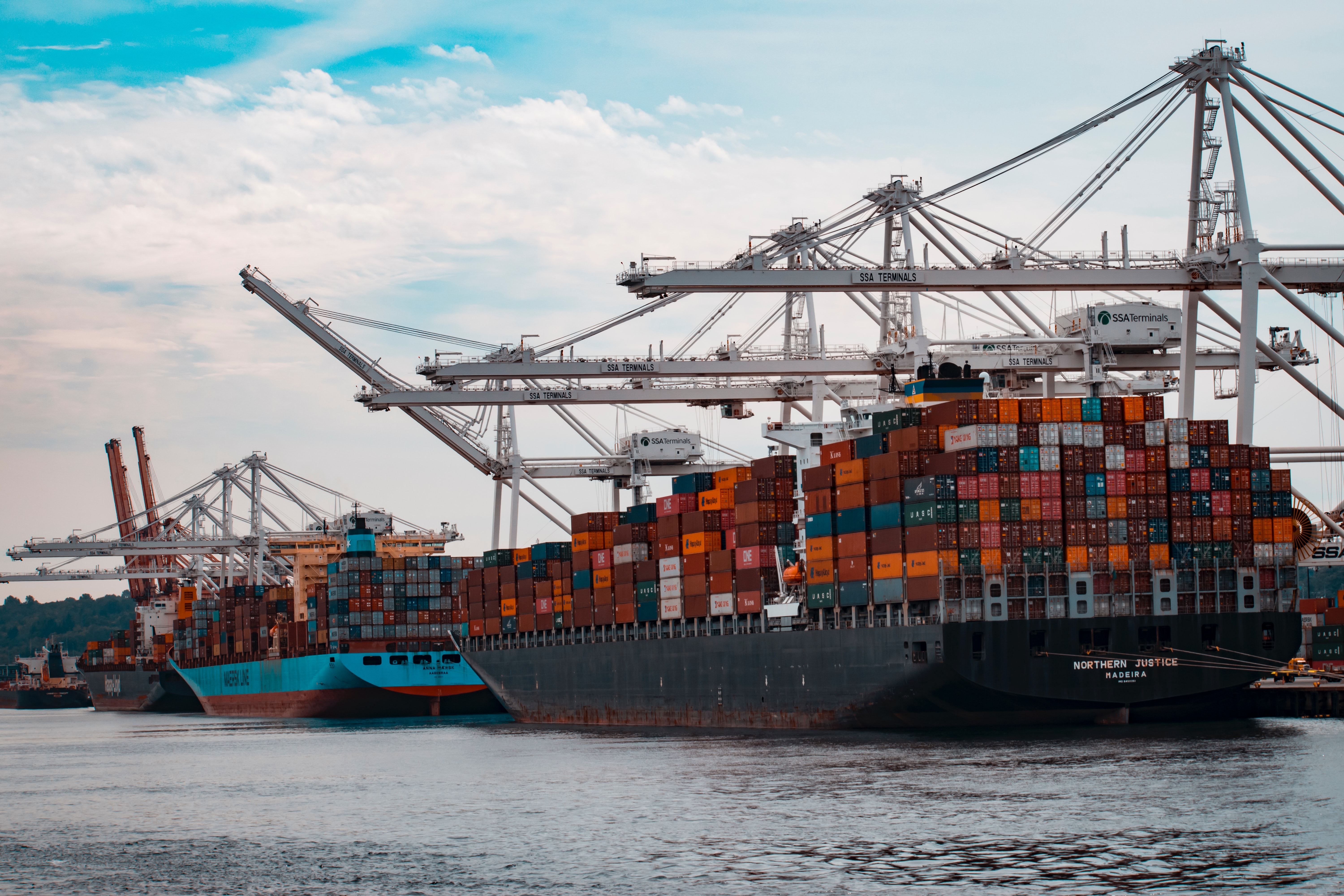 Image by Andy Li via Unsplash
Image by Andy Li via Unsplash
This is a problem for Singapore as our economy relies predominantly on imports, which account for 147.63 per cent of our GDP. In addition, the manufacturing sector also depends on imported raw materials to manufacture its products, raising production and consumption costs.
For instance, according to SingStat’s import indices, prices of imported manufactured goods have risen by 14.5 per cent in January 2022, up from a 10.1 per cent increase in June 2021.
A sustained increase in the prices of imports may drive up Singapore’s inflationary pressure, pushing prices even higher. In January, the annual core inflation rate, which measures the prices of essential items, rose by 2.4 per cent, the highest rate in more than nine years.
Evidently, our grocery bills are going up — the average retail price of a carton of 10 eggs increased by 20 cents between December 2021 and January 2022, reported the Ministry of Trade and Industry.
Furthermore, oil and gas continue to be a major energy source in Singapore, with approximately 95 per cent of our electricity being generated from imported natural gas; resulting in higher electricity bills for households and businesses alike.
As reported by Today, F&B business owners such as hawkers, are also reducing their operating hours to conserve energy in view of the escalating electricity prices.
Consequently, businesses are likely to suffer higher opportunity costs and decreased profits, forcing them to up their product prices to compensate.
Hawkers are also raising their prices, citing a rise in the cost of ingredients and electricity bills amid the Russo-Ukraine war. Global food prices have also reached an all-time high in February this year, primarily caused by price surges for vegetable oil and dairy products.
For instance, statistics provided by UkrAgroConsult indicated that the price of sunflower oil from Ukraine has doubled, a worrying statistic considering that approximately 53 per cent of the world’s sunflower oil production comes from Russia and Ukraine.
Palm oil, the world’s most widely used oil, has also become the most expensive among the four most prevalent vegetable oils. Such price hikes threaten our food security, as prices for food continue to rise across the board.
Public transport commuters are also not exempt from the problem, with MRT fares already seeing an up to four-cent increase since December 26, last year.
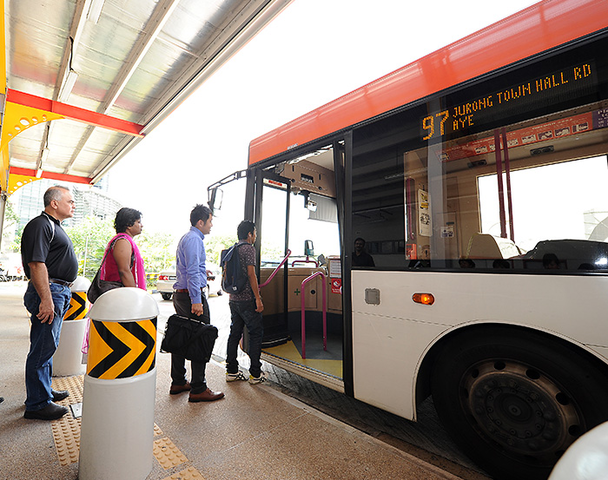 Image via Ministry of Transport website
Image via Ministry of Transport website
Several bus, taxi and private hire companies in Singapore are also reporting a rise in operating costs, caused by rising fuel prices. To help private-hire drivers and taxi drivers tide over the increased fuel charges, ride-hailing companies have rolled out new measures in the form of discounts and card rebates at some petrol stations.
Such initiatives, however, are associated with higher company expenditures. Taxi company, ComfortDelGro, has announced an increase in its flag-down fare by twenty cents to help offset some of the extra expenses.
In addition, the surge in petrol prices has seen a decrease in the take-home wages of commercial drivers, deterring these drivers from working. With fewer drivers on the road, taxi surcharges are set to increase further.
What you can do
Amid the price hikes, here are some wallet-friendly approaches you can explore, to cushion the impact of rising petrol prices.
As a driver, you can consider using websites such as Fuel Kaki — developed by the Consumers Association of Singapore (CASE) — to compare the prices of fuel and check for promotions across various petrol stations, ensuring that you do not overpay for fuel.
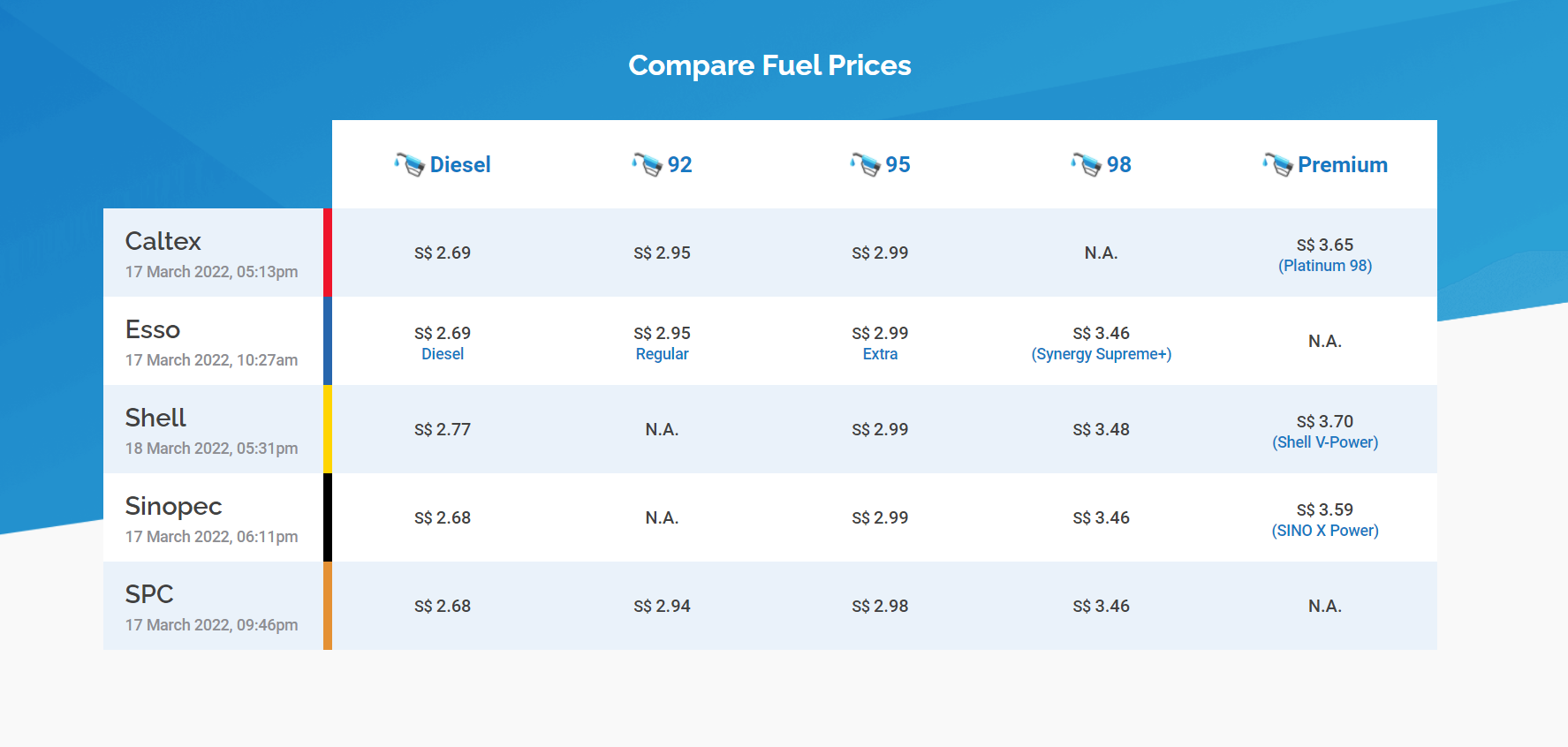 Image via Fuel Kaki
Image via Fuel Kaki
Commuters can also consider travelling during off-peak hours to avoid price surges, which are likely if more drivers decide that petrol has become prohibitively expensive.
Furthermore, taxi booking fees during non-peak periods are also cheaper at S$2.30 compared to S$3.30 during peak hours.
Non-peak commuting is possible on public transport too — under the Morning Pre-peak Fares scheme, commuters can enjoy cost-savings of up to S$0.50 by tapping in before 7.45am at any MRT station islandwide.
Reducing reliance on conventional energy sources
Owners of buildings, or businesses, may also opt for renewable energy to reduce their reliance on natural gas, as much as possible.
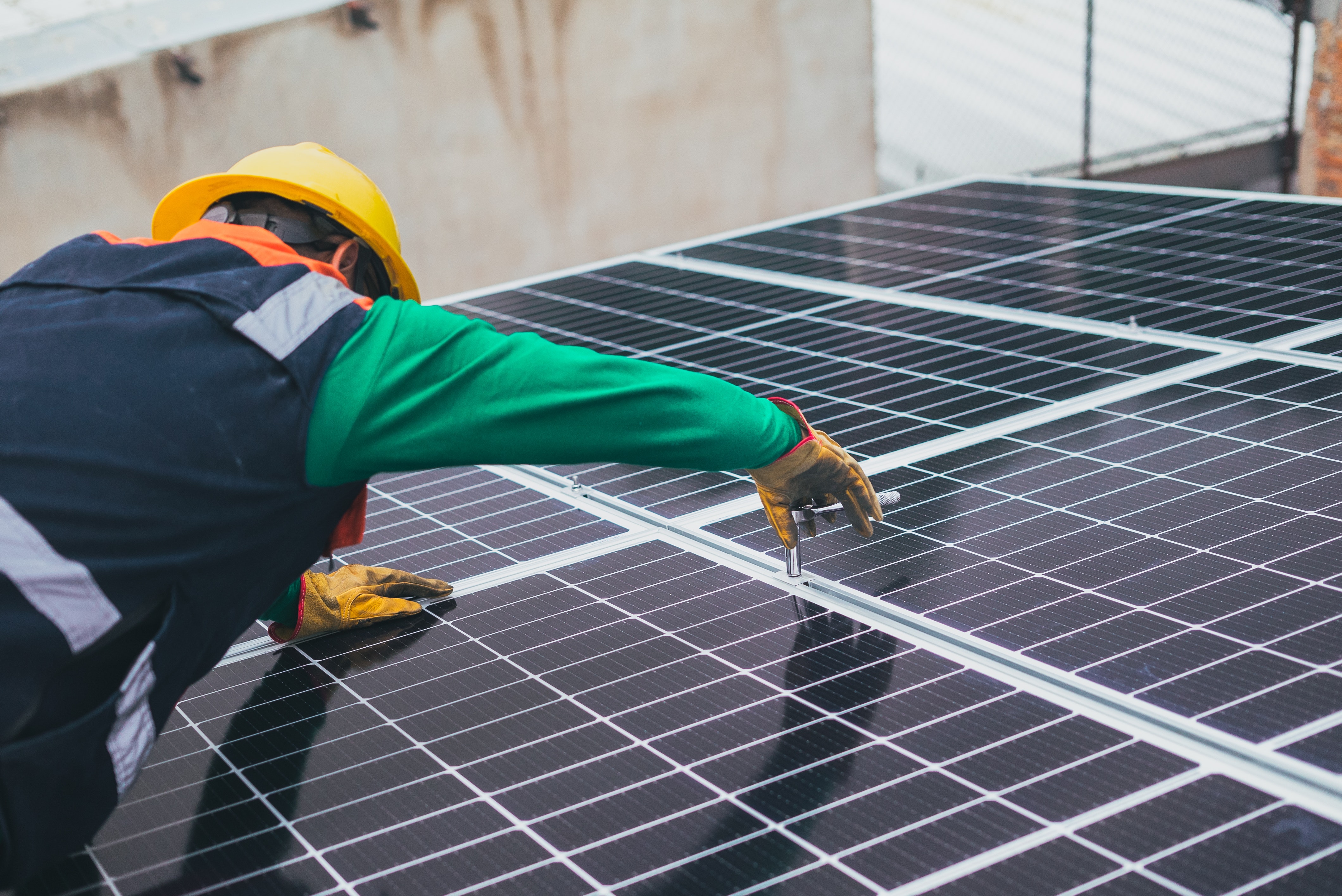 Image by Los Muertos Crew via Pexels
Image by Los Muertos Crew via Pexels
As part of the Carbon Pricing Act, the Ministry of Sustainability and the Environment (MSE) promotes the switch to renewable energy through the implementation of a carbon tax, capped at S$5 per tonne of greenhouse gas emissions.
By switching to renewable energy, businesses can save on carbon taxes while dodging electricity price increases and reducing their carbon footprint.
Energy saving for households
For households, you may want to try these energy-saving tips to reduce energy consumption.
- Consider using a fan rather than an air conditioner
- Turn off electrical appliances at the power socket
- Wash your laundry on a full load in the washing machine
When purchasing new electrical appliances, you may consider purchasing energy-efficient appliances with energy labels containing four to five ticks. While energy-efficient appliances are more expensive up-front, they offer long term cost-savings.
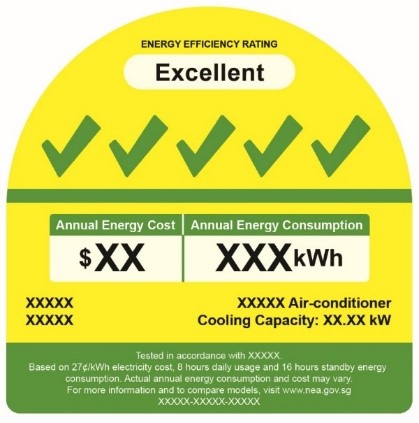 Image via NEA website
Image via NEA website
The energy consumption of a 5-tick air conditioner, for example, amounts to about S$650 a year, which is 30 per cent less than a 2-tick unit, leading to savings of up to S$195 annually.
Furthermore, the government has made energy-efficient appliances more affordable through its Climate-Friendly Household programme, which encourages households to purchase such appliances.
This scheme is available to those who live in 1-room, 2-room or 3-room HDB flats and eligible households can redeem e-vouchers to offset the cost of their appliances at participating retailers.
The world is currently facing, as the Coordinating Minister for Social Policies, Tharman Shanmugaratnam, describes, a "perfect long storm". But, the real question is: Will we emerge from this "storm" unscathed?
Top Image by Erik Mclean via Pexels.
Related story
Follow and listen to our podcast here
If you like what you read, follow us on Facebook, Instagram, Twitter and Telegram to get the latest updates.
